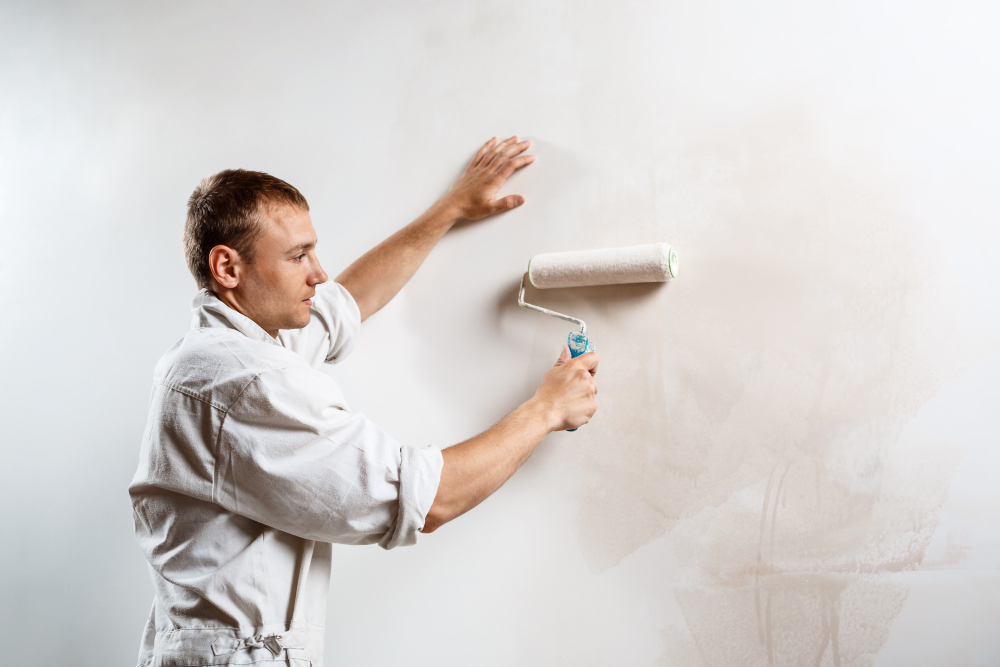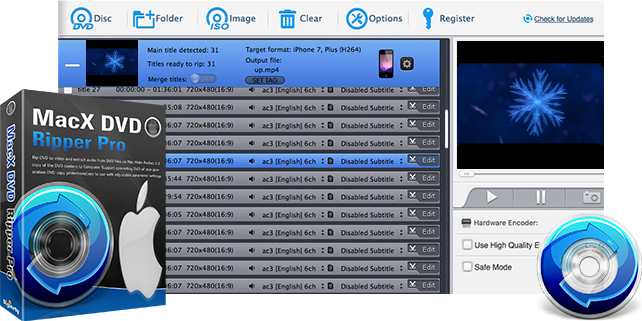Liquid Drywall Advantages And How It Works
Drywall damage is a common issue in homes and offices. From minor scratches to significant holes, dealing with these imperfections can be frustrating. Enter liquid drywall – an innovative solution that’s gaining popularity for its ease of use and effectiveness. This article will guide you through what liquid drywall is, how it works, and why it might be the perfect fix for your walls.
Table of Contents
Liquid Drywall Overview
Liquid drywall, also referred to as spray-on drywall or wall texture, represents a contemporary departure from conventional drywall sheets. Unlike the cumbersome process of measuring, cutting, and fitting traditional drywall panels, liquid drywall offers a streamlined application method, either through spraying or pasting, thereby presenting several advantages in terms of ease of use and adaptability.
- Composition of liquid drywall
- Application process
- Drying and curing
What is Liquid Drywall?
Liquid drywall is a versatile repair product designed to fix various types of drywall damage. Unlike traditional drywall repair methods that require multiple tools and steps, liquid drywall simplifies the process. It typically comes in a ready-to-use paste or compound form that you can apply directly to the damaged area.
Why Use Liquid Drywall? The main appeal of liquid drywall is its convenience. It’s user-friendly, making it accessible for DIY enthusiasts and professionals alike. Additionally, liquid drywall can save you time and money by reducing the need for extensive repairs and professional labor.
Types of Liquid Drywall Products
Future Trends and Innovations:
- Research and development in liquid drywall technology
- Potential improvements
As technology continues to advance, so too will the development of liquid drywall products. Research and development efforts are focused on improving adhesion, durability, and sustainability, as well as exploring new application methods and techniques. The future looks promising for liquid drywall as a versatile and cost-effective building material.
- Pre-Mixed Compounds: Pre-mixed compounds are the most common type of liquid drywall. These come ready to apply, making them perfect for quick fixes. They are ideal for small holes, dents, and scratches.
- Powder Formulas: Powder formulas require mixing with water before application. While they might take a bit more preparation, they offer greater flexibility in adjusting the consistency to suit different repair needs.
- Spray-on Solutions: Spray-on liquid drywall is perfect for covering larger areas with minor imperfections. It can be sprayed directly onto the wall, creating a smooth finish without the need for additional tools.
How to Use Liquid Drywall
Case Studies and Testimonials:
- Real-life examples of liquid drywall applications
- Customer feedback
Many contractors and homeowners have experienced success with liquid drywall in various applications. From new construction to renovations, liquid drywall has been praised for its ease of application, durability, and seamless finish. Real-life examples and customer testimonials can provide valuable insight into the benefits of liquid drywall.
- Prepare the Area: Clean the damaged area to remove any loose debris or dust. Ensure the surface is dry before application.
- Apply the Compound: Use a putty knife or applicator to spread the liquid drywall over the damaged area. For larger holes, you might need to apply multiple layers, allowing each layer to dry before adding the next.
- Smooth the Surface: Once the compound is applied, use the putty knife to smooth out the surface, blending it with the surrounding wall.
- Drying Time: Allow the liquid drywall to dry completely. Drying times can vary based on the product and the extent of the repair.
- Sand and Paint: After the compound is fully dry, sand the area to achieve a smooth finish. You can then paint over the repaired area to match the rest of the wall.
Benefits of Liquid Drywall
Ease of Use: One of the biggest advantages of liquid drywall is its ease of use. Even if you’re not a seasoned DIYer, you can achieve professional-looking results with minimal effort.
Also Read: Exercises To Improve Social Skills
Time-Saving: Traditional drywall repairs can be time-consuming, involving cutting, patching, and sanding. Liquid drywall streamlines the process, allowing for quick fixes that save you valuable time.
- Ease of application
- Versatility in use
- Time-saving properties
- Seamless finish
- Cost-effectiveness
Cost-Effective: By reducing the need for multiple tools and professional services, liquid drywall can be a cost-effective solution for minor to moderate drywall damage.
Versatility: Liquid drywall is versatile and can be used for various types of repairs, from small scratches to larger holes. It’s suitable for use on walls and ceilings, making it a multi-purpose solution.
Common Uses for Liquid Drywall
liquid drywall exhibits enhanced resistance to cracks and damage, rendering it ideal for high-traffic or moisture-prone areas. Its seamless finish also obviates the necessity for sanding and finishing, further expediting the process.
- Repairing Small Holes and Dents: Whether it’s a nail hole or a minor dent, liquid drywall can quickly and effectively repair these imperfections, leaving your walls looking smooth and flawless.
- Fixing Cracks and Seams: Over time, cracks and seams can appear in your drywall due to settling or environmental factors. Liquid drywall can fill these gaps, restoring the integrity of your walls.
- Covering Surface Imperfections: From minor scratches to uneven textures, liquid drywall can be used to cover a wide range of surface imperfections, providing a smooth, even finish.
How to Choose the Right Liquid Drywall Product
Cost Considerations
- Initial cost
- Long-term savings
The cost of liquid drywall can vary depending on the specific product and application method used. While the initial cost may be higher than traditional drywall materials, the savings in labor and time can offset this expense, making it a cost-effective option in the long run.
- Consider the Type of Damage: Different products are suited to different types of damage. For small holes and scratches, a pre-mixed compound is usually sufficient. For larger repairs, consider a powder formula that allows you to adjust the consistency.
- Ease of Application: If you’re looking for the simplest solution, a pre-mixed or spray-on product might be the best choice. These options require minimal preparation and are easy to apply.
- Drying Time: Consider the drying time of the product, especially if you’re working on a tight schedule. Some products offer faster drying times, allowing you to complete your repairs more quickly.
- Finish Quality: For the best finish, choose a product that sands easily and blends well with your existing wall texture. Some liquid drywall products are designed to provide a seamless finish, making them ideal for visible areas.
Tips for a Successful Liquid Drywall Repair
Comparison with Traditional Drywall
- Materials
- Installation process
- Durability
In terms of environmental impact, liquid drywall is more eco-friendly than its traditional counterpart. Its application method generates less waste, and many products feature low volatile organic compound (VOC) content, minimizing harmful emissions.
- Work in Thin Layers: Applying the compound in thin layers ensures better adhesion and faster drying times. It also reduces the risk of the repair becoming too bulky or uneven.
- Smooth Between Layers: If you’re applying multiple layers, smooth each layer before it dries. This makes the final sanding process easier and helps achieve a smooth finish.
- Use Proper Sanding Techniques: When sanding the repaired area, use a fine-grit sandpaper and work in circular motions. This helps to blend the repaired area with the surrounding wall seamlessly.
- Prime Before Painting: For the best results, prime the repaired area before painting. This ensures that the paint adheres properly and provides a uniform finish.
Liquid Drywall: Advantages, How works, Impact, Limitations
The benefits of liquid drywall are manifold. Firstly, its application is notably more straightforward and expedient. Instead of the meticulous process involved in installing drywall sheets, liquid drywall can be effortlessly sprayed or rolled onto surfaces, saving considerable time and labor.
Environmental Impact
Liquid drywall is also more environmentally friendly than traditional drywall. Because it can be applied directly to the surface without the need for cutting or fitting, there is less waste generated during the installation process. Additionally, many liquid drywall products are low in volatile organic compounds (VOCs), reducing harmful emissions into the environment.
- Sustainability
- Waste reduction
Limitations of Liquid Drywall
While liquid drywall offers numerous benefits, it may not be suitable for all applications. For example, it may not adhere well to certain surfaces or may require specific primers for optimal adhesion. Additionally, applying liquid drywall requires some skill and expertise to ensure proper coverage and finish.
- Not suitable for all applications
- Skill required for application
How Liquid Drywall Works: Compared to traditional drywall, liquid drywall presents several notable advantages. It eliminates the need for cutting or fitting large panels, simplifying transportation and application. Additionally, it can be applied directly to surfaces without joint tape or compound, resulting in a smoother finish.
Also Read: MFRMLS Login Portal – MFR Matrix Online
FAQs on liquid drywall
- What is the difference between liquid drywall and traditional drywall? Liquid drywall is applied as a spray or paste, while traditional drywall comes in large panels that require cutting and fitting.
- Can liquid drywall be used in moisture-prone areas like bathrooms? Yes, many liquid drywall products are moisture-resistant and suitable for use in bathrooms and other high-humidity areas.
- Is liquid drywall suitable for DIY projects? While liquid drywall can be applied by DIY enthusiasts, it does require some skill and expertise to achieve optimal results.
- How long does liquid drywall take to dry completely? The drying time for liquid drywall can vary depending on factors such as temperature and humidity, but it typically dries within a few hours to a day.
- Are there any safety precautions to consider when applying liquid drywall? It’s essential to wear appropriate protective gear, such as goggles and gloves, when applying liquid drywall, as some products may contain harmful chemicals.
- Can liquid drywall be used on all types of drywall? Yes, liquid drywall can be used on all standard drywall types. However, for specialized materials like plaster, you might need a different product.
- How long does liquid drywall take to dry? Drying times vary depending on the product and the extent of the repair. Generally, it can take anywhere from a few hours to a full day.
- Is liquid drywall suitable for large holes? Liquid drywall is best for small to medium-sized repairs. For larger holes, you might need to use a patch in conjunction with the liquid drywall compound.
- Can I paint over liquid drywall immediately after application? No, you should wait until the liquid drywall is fully dry and sanded before painting. This ensures a smooth and durable finish.
- Do I need any special tools to apply liquid drywall? Most liquid drywall products can be applied with basic tools like a putty knife or an applicator. Some spray-on products might come with their own applicator for convenience.
Conclusion
In conclusion, liquid drywall offers a host of advantages over traditional materials, including ease of application, versatility, and cost-effectiveness. Despite some limitations, its benefits position it as a valuable asset for contractors and homeowners alike, promising a brighter future as advancements continue in its development.
Liquid drywall is a game-changer in the world of home repairs. Its ease of use, versatility, and cost-effectiveness make it an excellent choice for fixing drywall damage. Whether you’re dealing with small dents or larger holes, liquid drywall can help you achieve professional-looking results with minimal effort.




